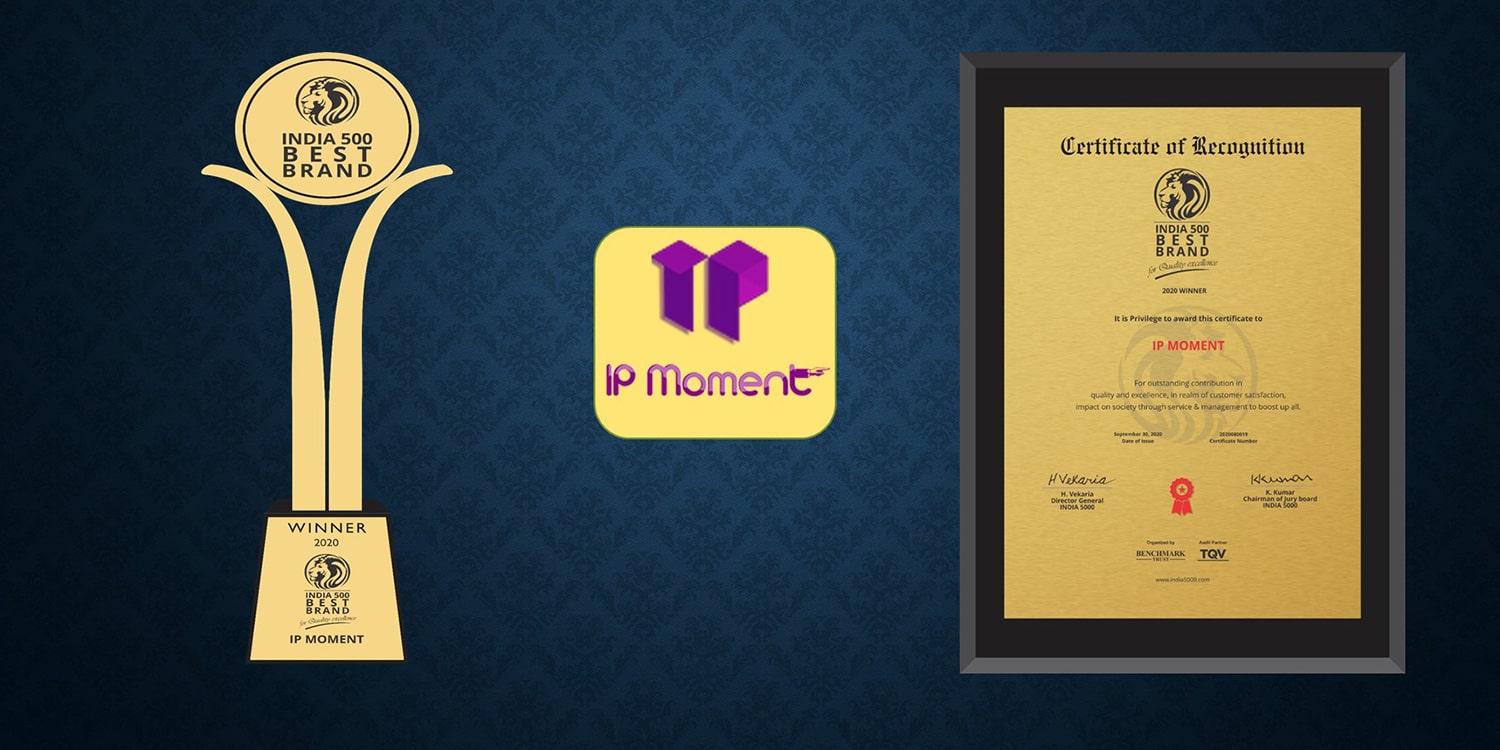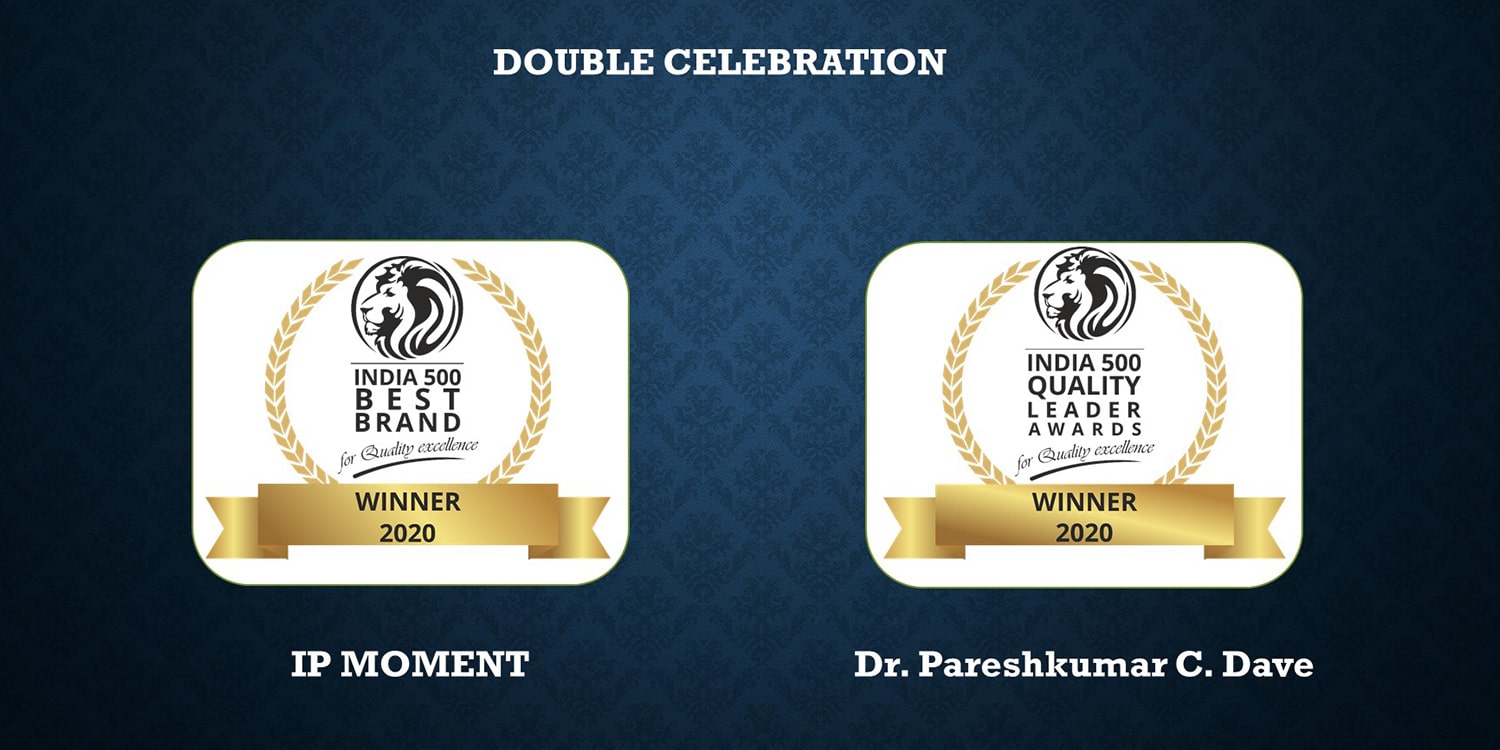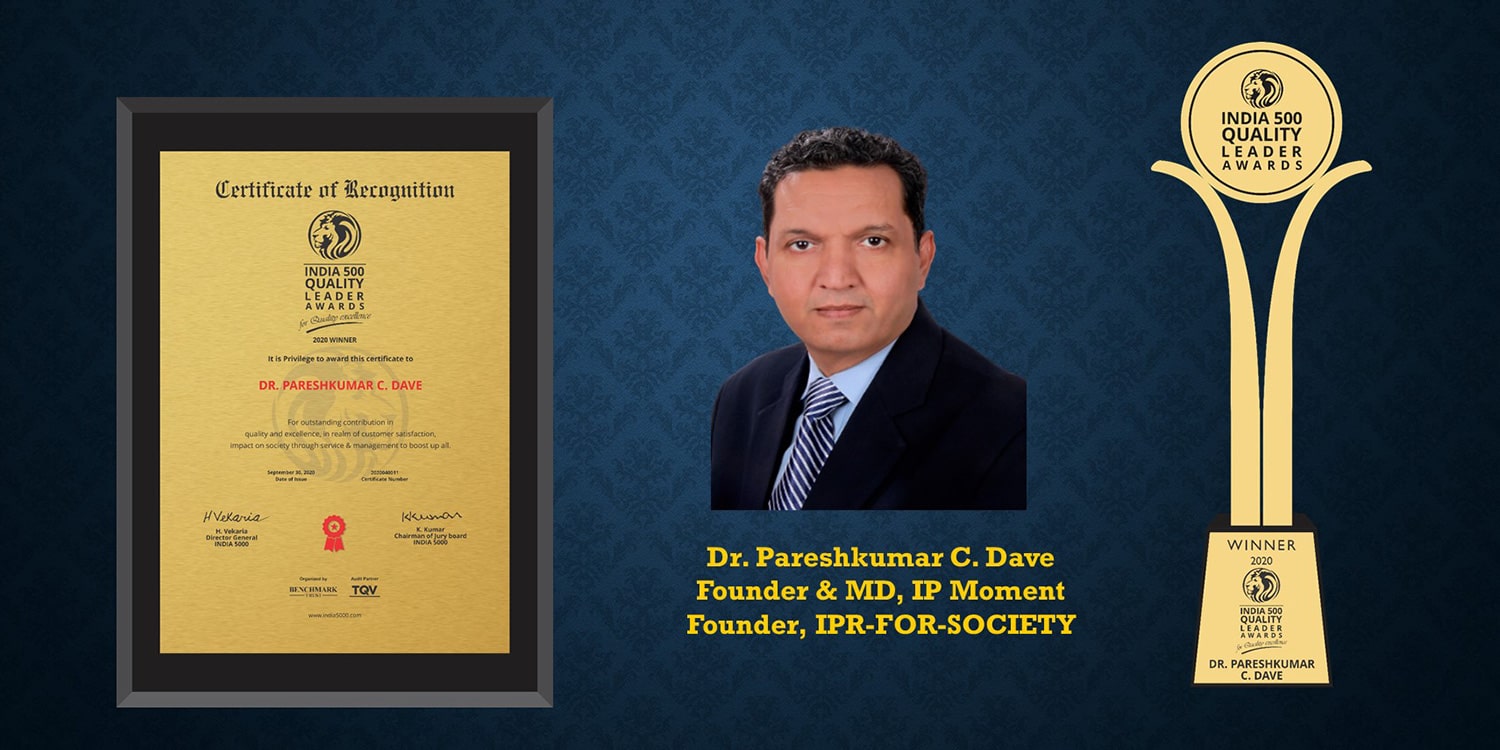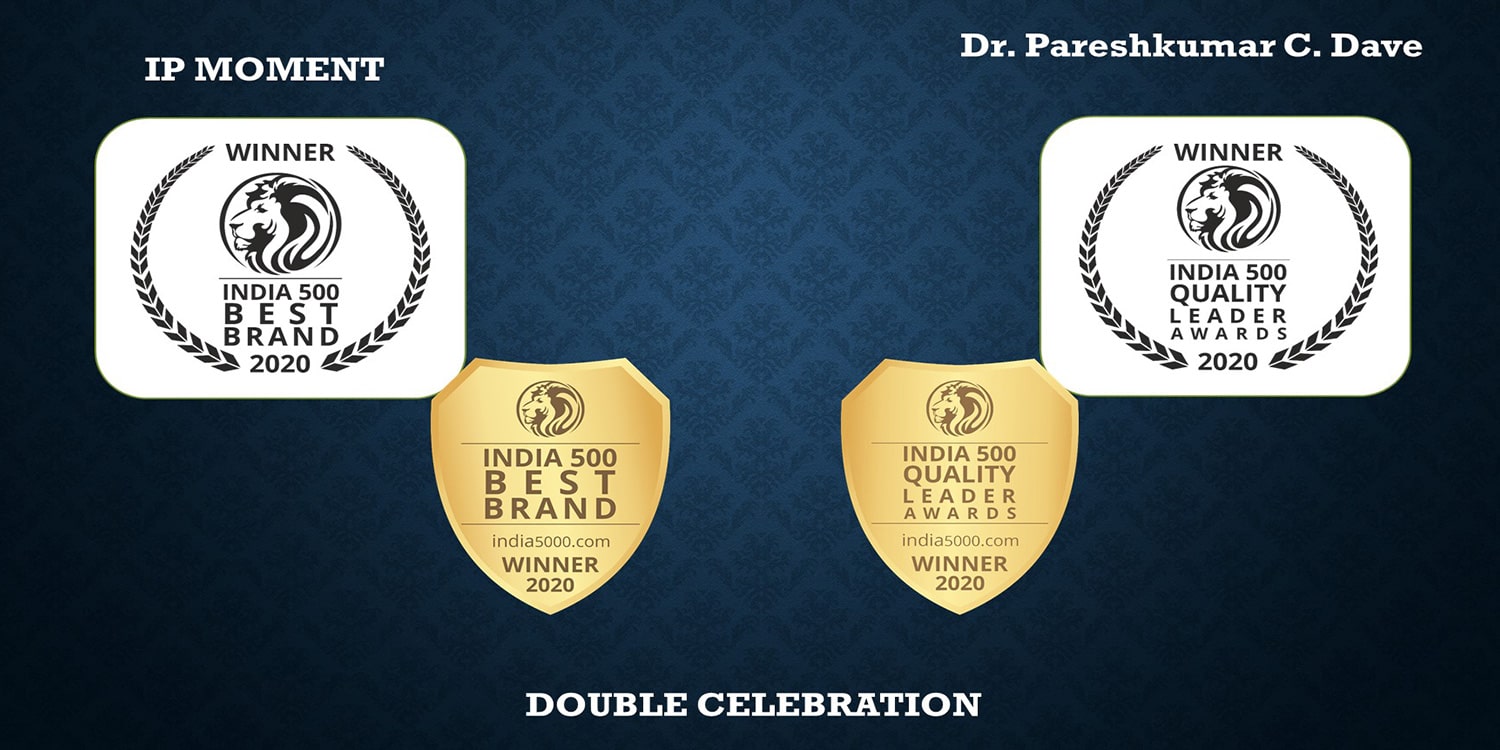Business method patents are a class of patents which disclose and claim new methods of doing business. This includes new types of e-commerce, insurance, banking and tax compliance etc. Business method patents are a relatively new species of patent and there have been several reviews investigating the appropriateness of patenting business methods. Nonetheless, they have become important assets for both independent inventors and major corporations.
Under the new implemented Leahy-Smith America Invents Act (AIA) definition of new term under the Article 18 – “Covered Business Method” is provided. It recites “claims a method or corresponding apparatus for performing data processing or other operations used in the practice, administration, or management of a financial product or service,” but is not for a “technological” invention. The AIA statute provides for CBM review of CBM patents. This review is an administrative proceeding to determine the validity of the patent under review. Congress created CBM review because of a concern with “litigation abuse over business method patents.” For further understanding, not all patents, however, can be the subject of a CBM review. CBM review is available only to patents that the Board determines are “covered business method patents” (CBM patents). U.S. Patent and Trademark Office (USPTO) regulations define a CBM patent as a patent having claims: (1) used in the practice, administration, or management of a financial product or service, and (2) that do not claim a “technological invention.” Although the regulatory definition does not provide much guidance as to the definition of a financial product/service or technological invention, early Board decisions regarding institution of a CBM review provide some guidance.
Now after implementation of AIA and in this article i am trying to revisits of some of decisions on CBM review cases of last four years, the question rises whether “CBM review” really serves the purpose of creation – “litigation abuse over business method patents”.
Who is Filing More CBM Review Petitions?
Further, let’s look at the statistics of CBM review cases of last couple years. CBM petitions filed 59 in FY2013; 204 in FY2014; 185 in FY2015; and 93 in 2016 (till June 15, 2016). Look at the statistics of CBM review case to find who all are filing petitions. Apple has filed till 2015 50 CBM review petitions but has never appeared as patent owner and Samsung has filed 14 CBM review petitions and appeared as patent owner in 11 CBM review cases.
Against Whom (Patent Owner) Maximum Number of CBM Review Petitions Filed?
Maximum number of CBM review petitions has been filed against Smartflash’s patent then followed Intellectual Ventures, Tradin Tech, Amernth; Maxim; and.
In which Technical Centre CBM Review Petitions been Filed ?
209 CBM review petition has been filed under Tech Center 3600 (Transportation, Construction, Electronic Commerce, Agriculture, National Security, and License) then followed Tech Centre 2100 (Computer architecture, software, and information security); and then under Tech Centre 2800 (Semiconductors, electrical and optical systems and components). As expected there is no CBM review petitions filed for Tech Centre 1600 and Tech Centre 1700, as these are related to biotechnology and Chemistry.
DATA ANALYSIS:
Up on detailed analysis of CBM review cases, one can see clearly that Apple has filed 32 petitions against Smartflash and against Ameranth 7 petitions, respectively. Acxiom has filed all of their petitions against Phoenix only. Similarly, Samsung has filed all of their 11 petitions against Smartflash only. Google has filed 5 petitions against Smartflash. It is also interesting to see that Google has filed four petitions against Simpleair’s patent and all of them are not instituted. Out of 30 petitions Google has filed 10 petitions has not been instituted while for Apple out of 50 petitions only 12 petitions has not been instituted. From 2012 to 2016 (till June 15, 2016), data indicates that PTAB has given final decision only for 26% cases, for 34% of petitions PTAB has given decision “not instituted” and only in 13% petitions it is “instituted”. For 63 petitions CBM review is still under pending by PTAB (61 petitions are filed in 2016). In FY2015, around 22% petitions have been instituted and final decisions are waiting of. Additionally, the trend of PTAB trial was observed downward direction when one compared to 2014 with 2015, one of the reason would be increase in settlements of petitions raising patent-eligible subject matter and other validity issues may be pick over out from some of the strong petitions which might have been instituted by the board. Around 14 pre-institution trials are settled while 32 trials are settled post-institution of CBM review. From analysis of data from 2013 to 2016 (till June 15, 2016) 12% petitions cases have been settled, interestingly it is important to note that top petitions filers are not settling CBM review cases.
PRECEDENTIAL DECISIONS FOR CBM REVIEW CASES:
The Patent Trial and Appeal Board (PTAB or the Board) designated its first precedential decision in 2014,SecureBuy LLC v. CardinalCommerce Corporation, CBM 2014-00035, Paper 12 (April 25, 2014), which concerned the statutory requirements for instituting a covered business method (CBM) patent review.
In January 2016, the Patent Trial and Appeal Board (PTAB or the Board) marked two of their 2015 decisions as precedential. LG Electronics, Inc. v. Mondis Tech Ltd.,(IPR2015-00937, Paper 8, PTAB, Sept. 17, 2015) and Westlake Services, LLC v. Credit Acceptance Corp., (CBM2014-00176, Paper 28, PTAB, May 14, 2015) are the second and third America Invents Act (AIA) review decisions that the Board designated as precedential, the first AIA precedential decision being SecureBuy, LLC v. CardinalCommerce Corp. (CBM 2014-00035, PTAB, Apr. 25, 2014). The majority of decisions by the Board are routine, and others may be designated as informative or precedential. A precedential decision is significant in that it is binding authority on the Board unless overcome by a subsequent binding authority, for instance, a decision by the U.S. Supreme Court or the Federal Circuit Court of Appeals.
LG Electronics, Inc. v. Mondis Tech Ltd. concerns the 12 month window in complaint filings, namely, the interpretation of “served with a complaint” with regards to the one-year time bar that is set forth by 35 U.S.C. 315(b). This time bar prevents a petitioner from requesting an inter partes review of a patent if they would be filing after one year from the date they are served with a complaint alleging infringement of that patent. When multiple complaint filings have occurred, the interpretation of 35 U.S.C. 315(b) could become complex. The Board interpreted in LG Electronics that there is to be a bar even if subsequent complaints were served within that 12 month window of time.
Garmin Int’l v. Cuozzo Speed Techs LLC, IPR2012-00001, Paper 26 (Mar. 5, 2013): This decision involves the factors to be considered when evaluating motions for additional, non-routine discovery in inter partes review proceedings. Prior to being designated as precedential, this decision was marked as “informative.” PTAB decisions are designated as either precedential, informative, representative, or routine.
Bloomberg, Inc. v. Markets-Alert Pty, Ltd., CBM2013-00005, Paper 32 (May 29, 2013): Like the first case, this decision also deals with the factors considered when evaluating motions for additional discovery, but in CBM patent review proceedings.
Oracle Corp. v. Click-to-Call Techs., LP, IPR2013-00312, Paper 26 (October 30, 2013): This decision involves a rule stating that an inter partes review cannot be instituted if the petition was filed more than one year after the date when the complaint was served, and deals specifically with the interpretation of the phrase “served with a complaint.”
MasterImage 3D, Inc. v. RealD Inc., IPR2015-00040, Paper 42 (July 15, 2015): This decision involves clarifying the standard for patent owner Motions to Amend. The patent owner has the burden to show entitlement to substitute claims, and this decision defined “prior art of record” and “prior art known to the patentee.” Previously, this decision was designated as representative.
Lumentum Holdings, Inc. v. Capella Photonics, Inc., IPR2015-00739 (Paper 38) (March 4, 2016): This decision involves the requirement that petitions should name all of the interested parties, and the fact that changes during a proceeding can be corrected.
CONCLUSIONS:
CBM review petitions numbers are not seems to decrease in 2016 when compared to 2015. As we can see Apple, Google, and Samsung are still top petitions filers, which indicates that big giant companies are using CBM review tool to invalidate patents of small firms or an independent inventors. Recently implemented changes to rules for post-grant administrative trails before the PTAB came into effect from May 2, 2016 may give some relief and level playing field to patent owner. This first part study, I have briefly touched up on statistics of CBM review petitions since 2013 to 2016 (till June 15, 2016). CBM review process is still evolving and it would be interested to see how new changes in rules can bring relief to the Patent owner. In next part, I can study in detailed some of the interesting case studies and PTAB’s decisions. As we also know that CBM review is transitional program and here to stay till September 16, 2020.
Just recently in one article (on IPR – Inter parte review) – “The battle of Cuozzo and the war of patent reform is big against small. Corporate oligarchs in bed with politicians against Joe the mechanic. Cronyism against our Republic. International corporatism against the American Dream and the American story. Unfortunately, this Cuozzo battle is lost, but the larger war must be won lest we lose our innovation economy and the American Dream.”








